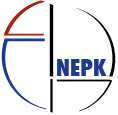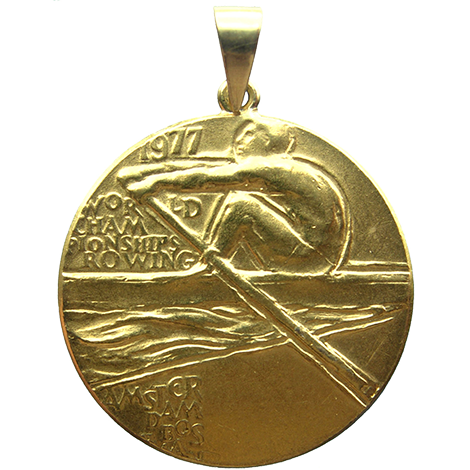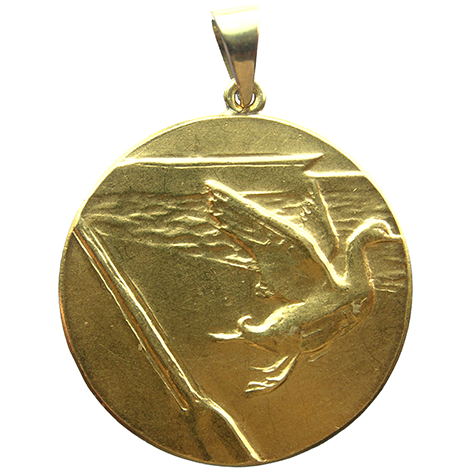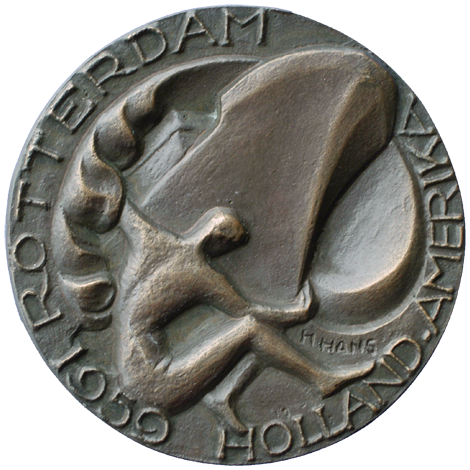
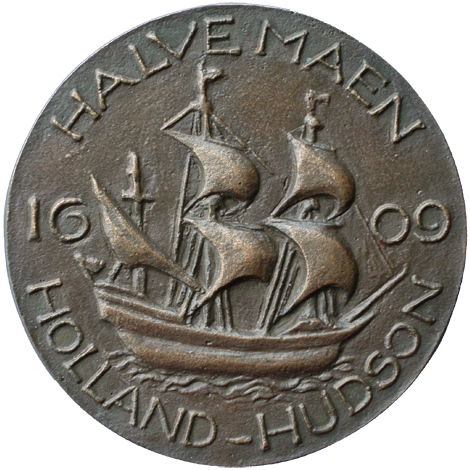
Hank Hans, 1959, Commemoration 1609 trip of explorer Henry Hudson , bronze, cast, 68 mm, NEPK0959
The present 25th NEPK News flash focuses on the medals in the collection related to sailing and shipping. On the website you select “Shipping” in the pull down menu “Group” combined with “Europe” “Netherlands” in the geographical pull down menus. This results in almost 50 medals that show the importance and nature of sailing and shipping in the Netherlands. You’ll see discoverers, sea freight, shipping companies, ship and freight insurers, even sailing competitions such as the “Sneekweek”.
Please have a look for yourself.
The medal shown commemorates the 1609 trip by VOC captain Henry Hudson to explore a northern sea route to Asia. In April that year, Hudson set sail from the Netherlands on his ship “”Halve Maen” (“Half Moon”). Although ordered to go north, he sailed west first, crossing the Atlantic Ocean. Reaching the colony Virginia, he continued north along the coast. Coming to Long Island early September, he sailed up a wide river, now named Hudson River. Soon it became clear this was not a seaway to Asia. He did notice a large elongated island, however, which the local population called “Mannahata”, or “Hilly island”. Five years later, Dutch traders founded the first trading post on this Manhattan. In 1924 – three years after the creation of the Dutch West Indian Company (WIC) -, a solid settlement was founded, which was named New Amsterdam. We now know it as New York.
The medal was created by the Rotterdam sculptor Hank Hans (1919-2015). One of her most important creations is the impressive sculpture “Stronger through Struggle”, in city hall, which commemorates the destruction of Rotterdam through bombing in May 1940.
U vindt de getoonde penning via de link: https://nepk.nl/nl/collectie/?id=0959
Voor eerdere nieuwsberichten volgt u: https://nepk.nl/nl/nieuws/
